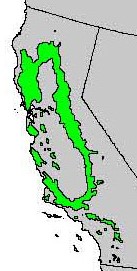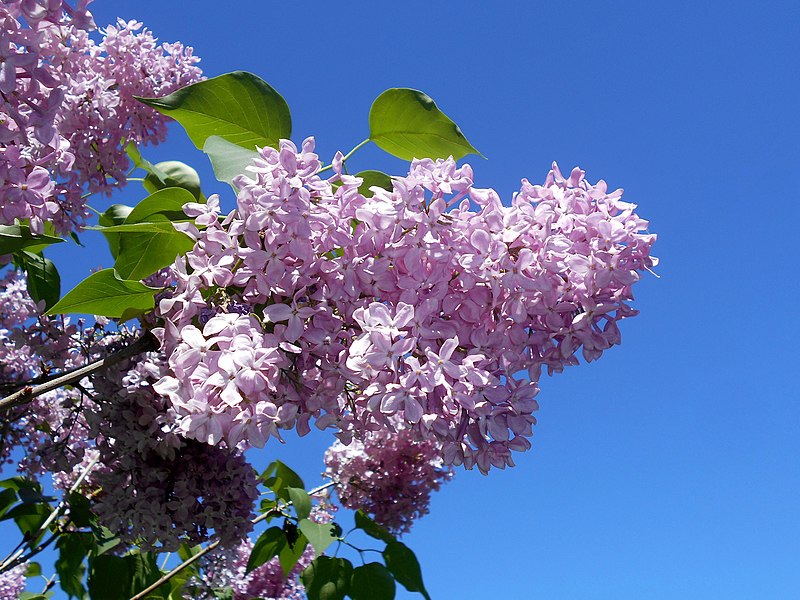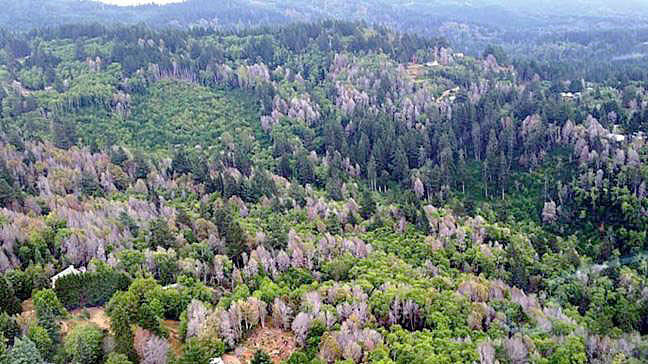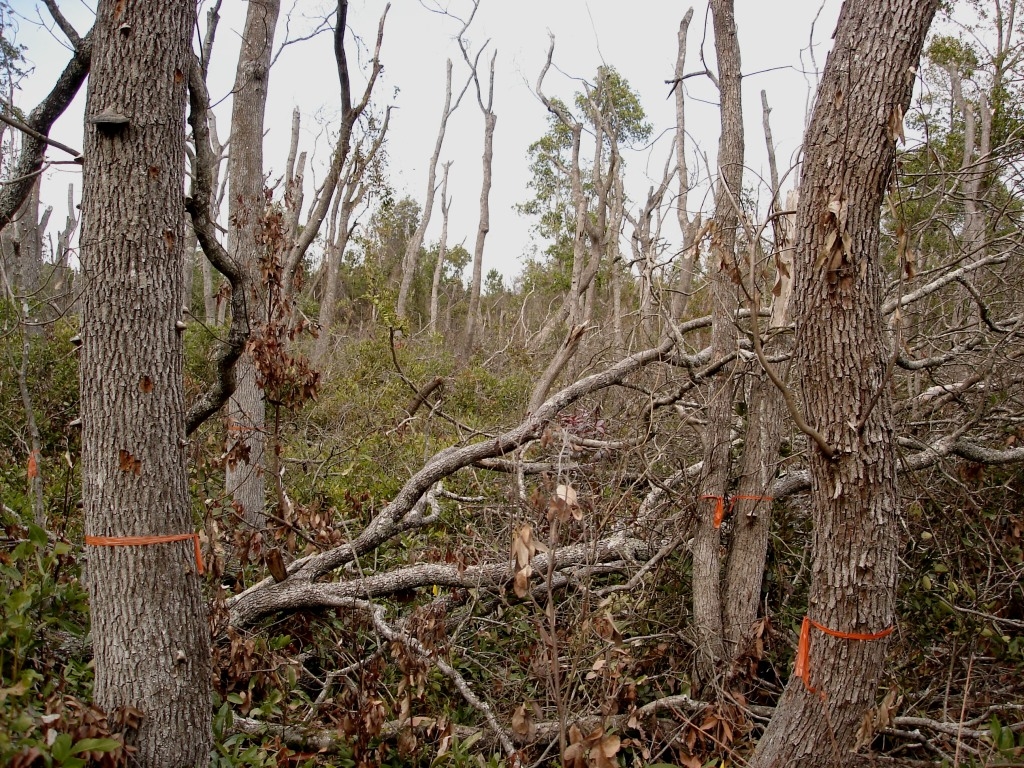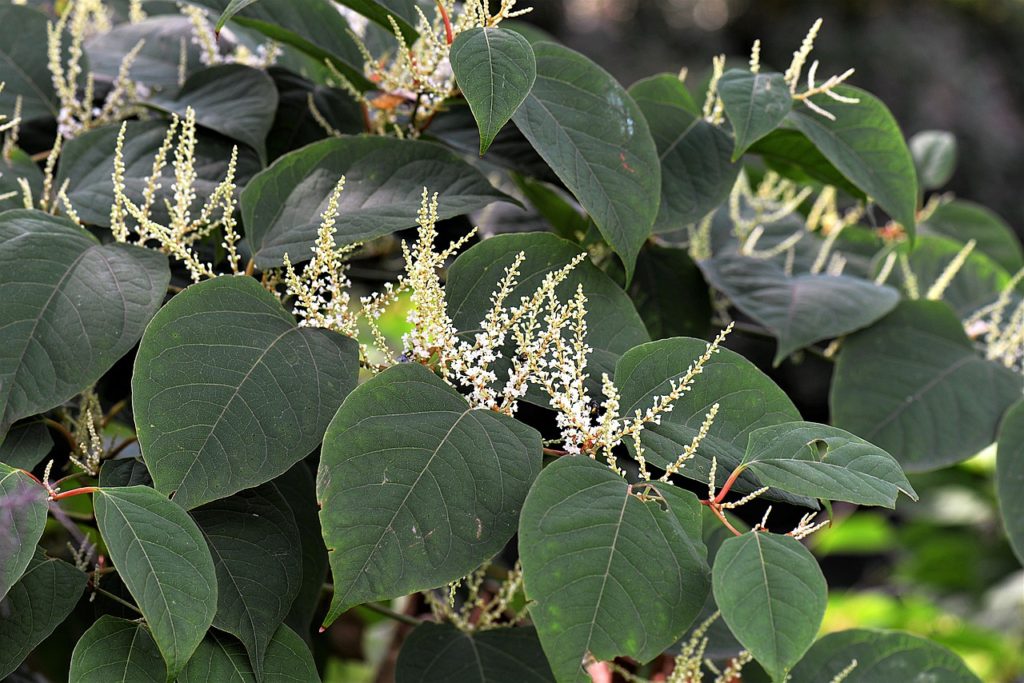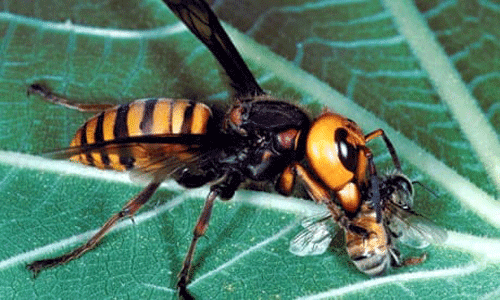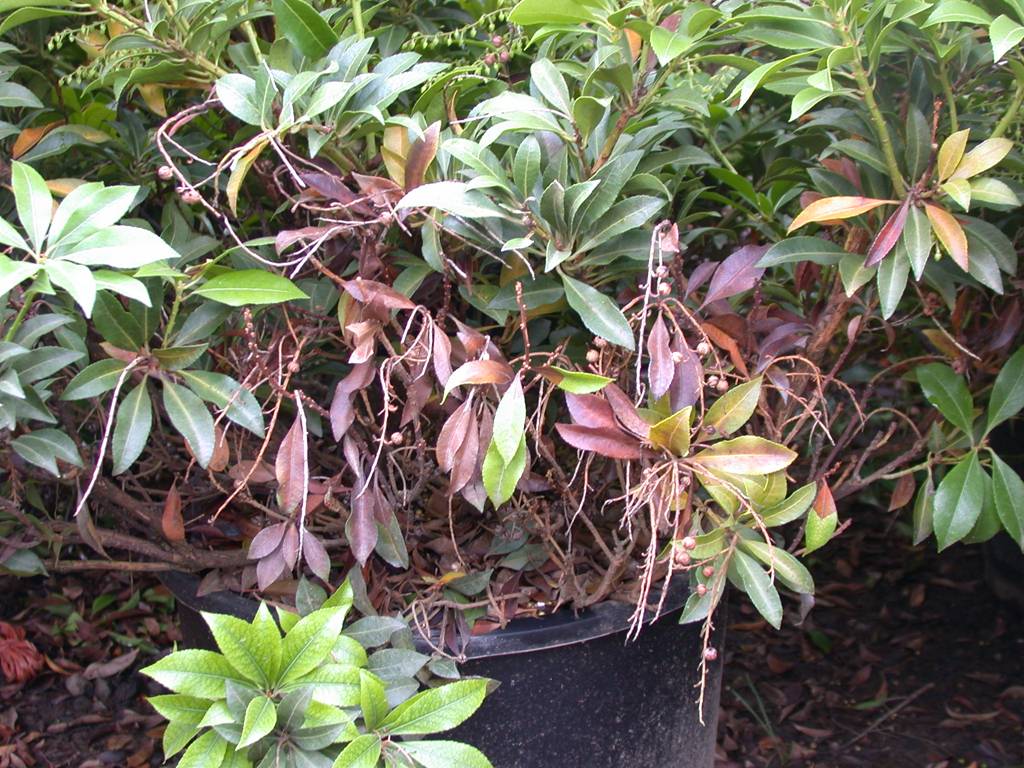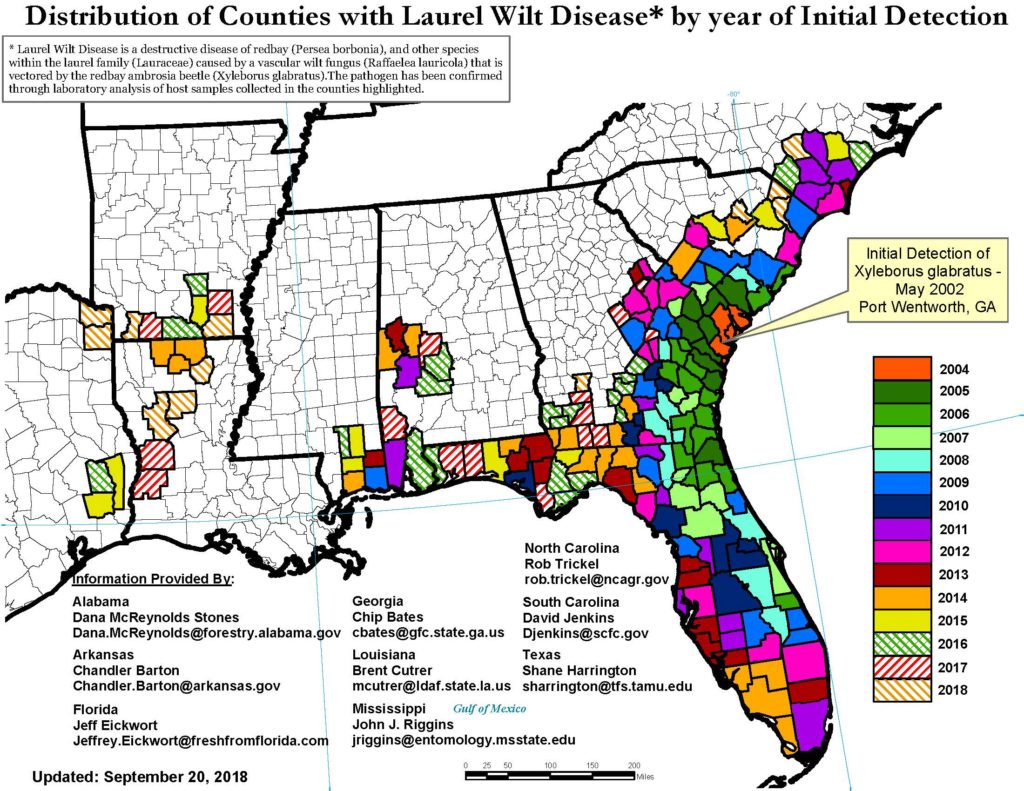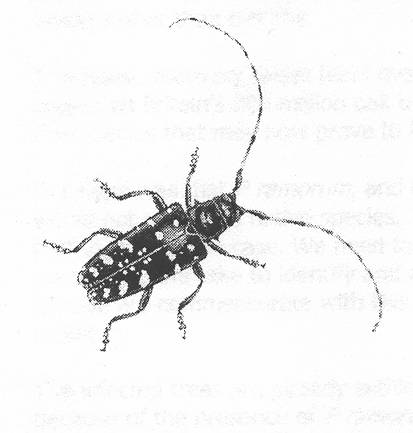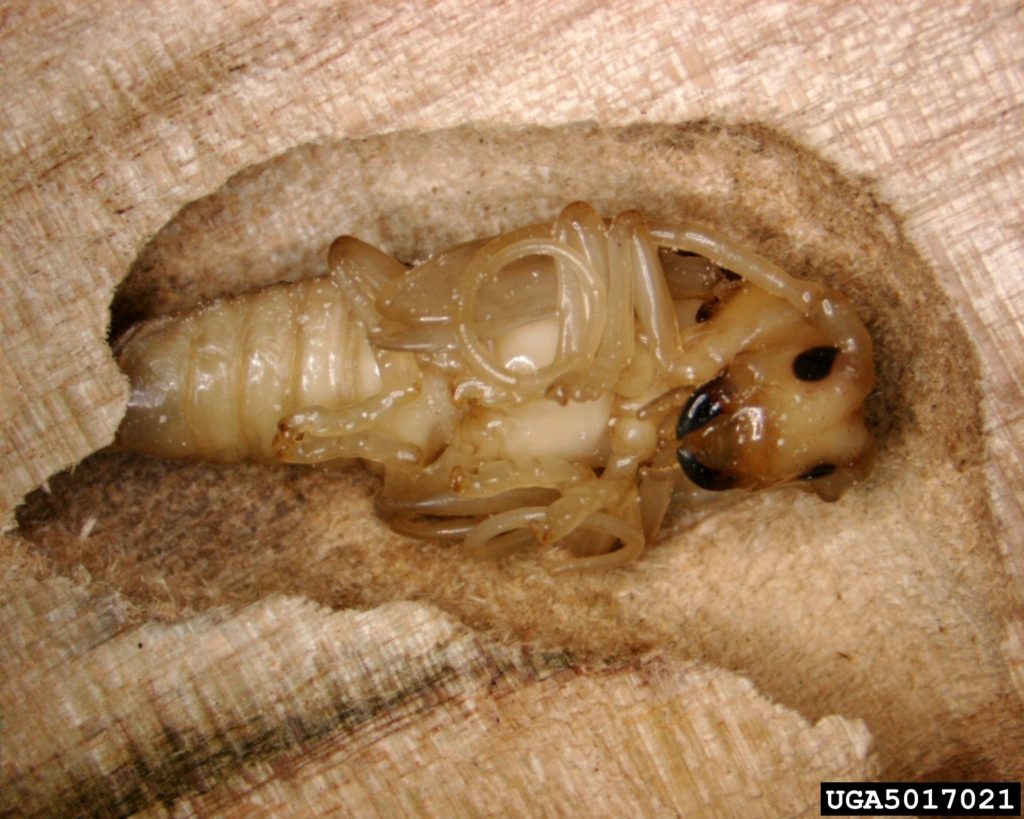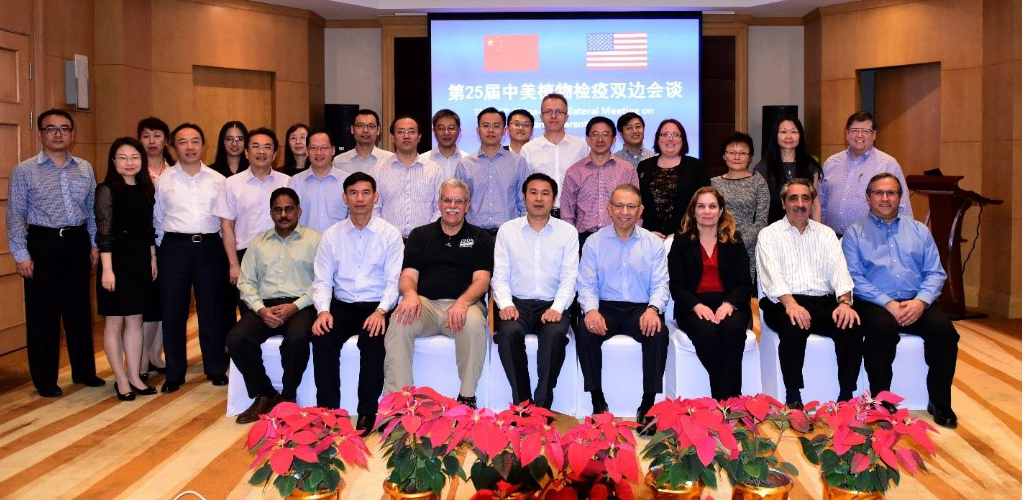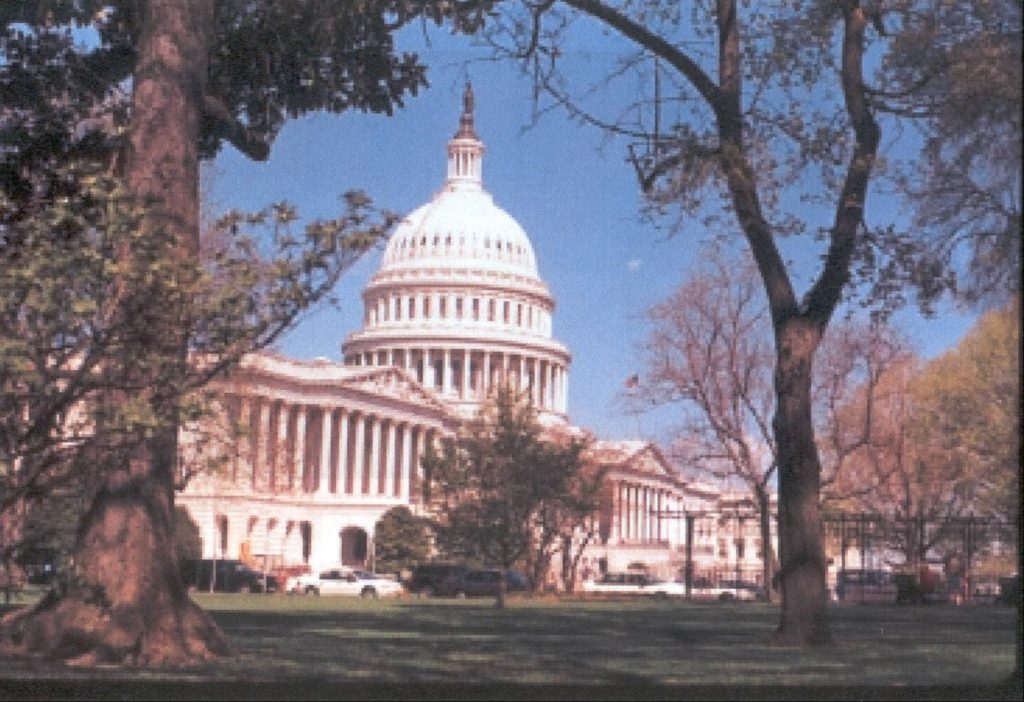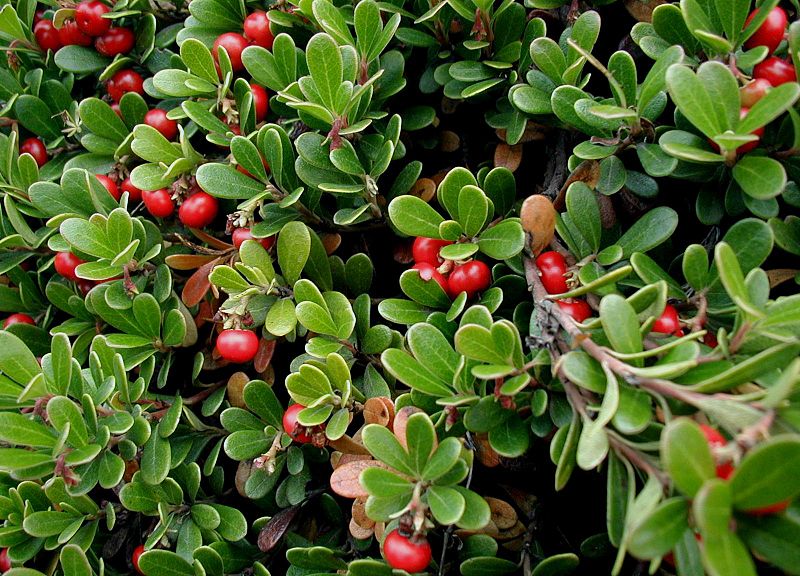
The California Department of Food and Agriculture (CDFA) is seeking input on proposed pest ratings for two species of Phytophthora: Phytophthora occultans and Phytophthora quercetorum. Each has the potential for being a serious pest in California and being spread throughout the United States. Therefore it is important to weigh in on this process. The first deadlines for comments is December 18.
These risk rating proposals can be found at https://blogs.cdfa.ca.gov/Section3162/ The website also has instructions for sending comments. This process can be clumsy so, if it doesn’t work, send your comments directly to the webmaster.
In general, the State assigns each potential pest a rating of A, B, or C. Those rated “A” are most likely to cause harm and also most subject to State regulation. Under “B”, the County Agricultural Commissioners have discretion to take regulatory actions. Pests ranked at “C “are not subject to any State enforced regulatory actions. The “C” rating is supposed to be assigned to pests that are widely distributed in the state and are expected to have a “medium” to “low” impact on vegetation (cultivated or wild) in the state.
Phytophthora occultans
Proposed for risk rank “C “. Comments are due December 18th.
Phytophthora occultans is a recently described species found in nurseries in Europe and in some U.S. states (including Oregon). It was recently detected in the San Francisco area of California.
The State proposes to rate Phytophthora occultans as a level “C” pest. This is insufficient. A rank of “B” is more appropriate, for the following reasons.
1) The data presented in the CDFA proposal are too limited to judge the species’ distribution in California. The proposal refers to only “two detections, two years apart, in San Francisco County.” By ranking it “C”, CDFA seems to assume the pathogen is widespread, based on detections in Europe and other states, without U.S. evidence
The available record does not indicate that CDFA made any attempt to determine the extent of the P.occultans infestations — no survey of other plants at the contractor’s nursery or at other nurseries and no consultation with a larger group of stakeholders.
2) CDFA limits discussion of possible impacts to hosts listed in the literature –which belong to multiple plant families. It makes no mention that additional hosts are likely to be discovered (as has often happened with regard to the host ranges of other pathogens in the Phytophthora genus). If the host range expands, as I expect it will, the impact to restoration activities, rare plants, wildlands and nurseries is more likely to be significant, not medium to low.
Furthermore, several of the known host species are congeners of species that are federally listed as endangered or threatened, i.e., species in the genera Ceanothus and Arctostaphylos. I think it is highly unwise to disregard in risk assessments the probability that listed species will prove to be hosts.
In conclusion, please submit comments to California Department of Food and Agriculture urging it to assign a risk rating of “B” to Phytophthora occultans.
Phytophthora quercetorum
Proposed for risk rank “C “. Comments are due January 9th. See https://blogs.cdfa.ca.gov/Section3162/
Instructions are contained in the proposal. If this process doesn’t work (sometimes it is clumsy), send your comments directly to the webmaster.
Over the past 5 years, P. quercetorum has been detected in association with oak trees, primarily coast live oak (Quercus agrifolia), in four counties in California, two in the Central Valley (Fresno, Sacramento), two on either side of the San Francisco Bay (Alameda, San Francisco). There have been no interceptions of the species by CDFA border inspectors. The species had earlier been associated with oak roots and rhizosphere soil of oak forests in the eastern and north central US. Its pathogenicity is said to be unknown – and difficult to separate from impacts of other, often co-occuring Phytophthoras. CDFA assigns a rank of “high” with regard to economic impact, although it says there are no reports quantifying economic losses in plant production facilities.
CDFA believes that the species is likely to be able to establish wherever its hosts can grow (a rank of “high”). Hosts include red maple (Acer rubrum), English ivy (Hedera helix), several eastern oaks, and a second California oak, interior live oak (Q. wislizeni). CDFA assigns this a rank of “moderate” host range.
The environmental impact is ranked as “high” since the pest could lower biodiversity, disrupt natural communities, or change ecosystem processes; and the pest significantly impacts cultural practices, home/urban gardening or ornamental plantings.
The overall ranking for the “Consequences of Introduction” is “high”.
However, the recommended ranking is “C”, which – again – means the pest is not subject to any State enforced regulatory actions. “C” rated pests are widely distributed in the state and are expected to have a “medium” to “low” impact on vegetation (cultivated or wild) in the state.
Why would CDFA recommend “no action” for yet another Phytophthora species that is known to attack two of the state’s most ecologically important oaks and possibly many more species? Even when the exact impacts are unclear … Especially when the principal means of spread is planting trees in restoration areas – a deliberate human action.
According to the USDA Forest Service, coast live oak (Quercus agrifolia) is a conspicuous tree in lower-elevation oak woodlands of California, which collectively occupy about 10 million. It is co-dominant in the southern oak woodlands. CLO trees generally occur on mesic sites such as north slopes, alluvial terraces, canyon bottoms, or upper streambanks. Coast live oak woodlands are some of the most important habitats to wildlife in California; they provide habitat for black bear, black-tailed deer, rodents and lagomorphs, and various upland game and nongame birds – including those that feed on acorns and cavity nesters. The birds including the federally endangered least Bell’s vireo and least tern.
Coast live oak is more fire resistant than other California oak species.
Coast live oak is favored for use in rehabilitation projects throughout its range. It is used in watershed improvement, restoration, and wildlife habitat rehabilitation projects.
CLO is already under pressure by predation by deer and cattle; sudden oak death (SOD; causal agent Phytophthora ramorum); goldspotted oak borer (GSOB – Agrilus auroguttatus); and sometimes the polyphagous shot hole borer (PSHB; Euwallacea whitfordiodendrus) and its associated Fusarium fungus. [These three non-native organisms are described here.]
According to the USDA Forest Service, interior live oak (Quercus wislizeni) occurs over about 16% of California’s landscape, especially in the Inner Coast Ranges, the foothills of the southern Cascade Range, and the Sierra Nevada. Among California’s red oaks, interior live oak has the highest tolerance for xeric conditions. It usually dominates the “scrub” or “live oak” chaparral vegetation types in the Inner Coast Ranges and the Sierra Nevada.
CNPS Calscape lists several insects associated with the species.
Posted by Faith Campbell
We welcome comments that supplement or correct factual information, suggest new approaches, or promote thoughtful consideration. We post comments that disagree with us — but not those we judge to be not civil or inflammatory.
For a detailed discussion of the policies and practices that have allowed these pests to enter and spread – and that do not promote effective restoration strategies – review the Fading Forests report at http://treeimprovement.utk.edu/FadingForests.htm
